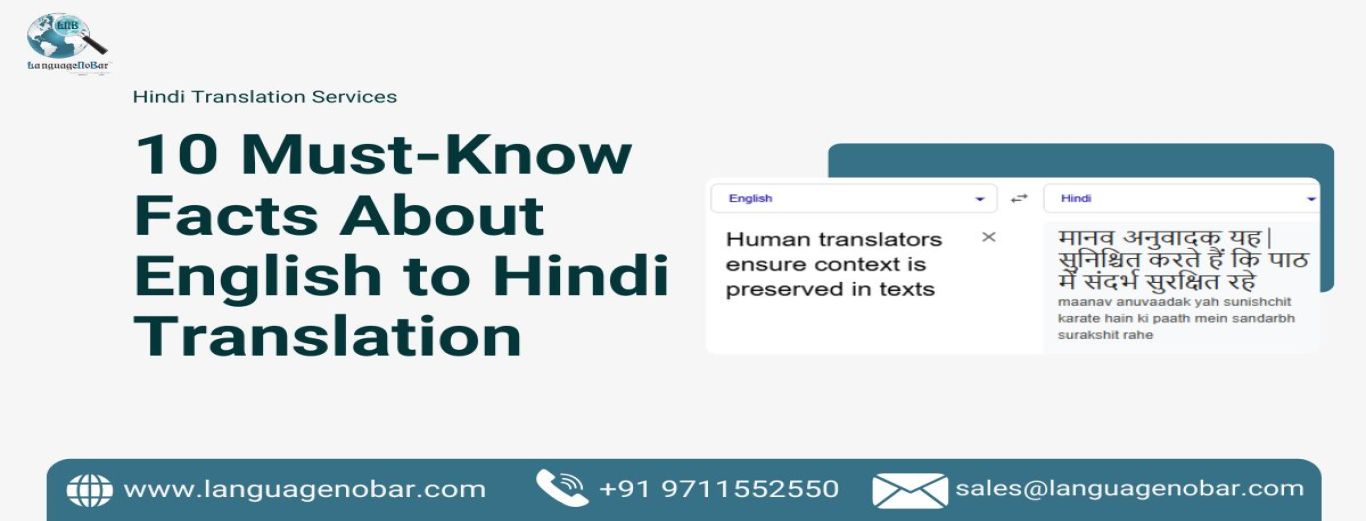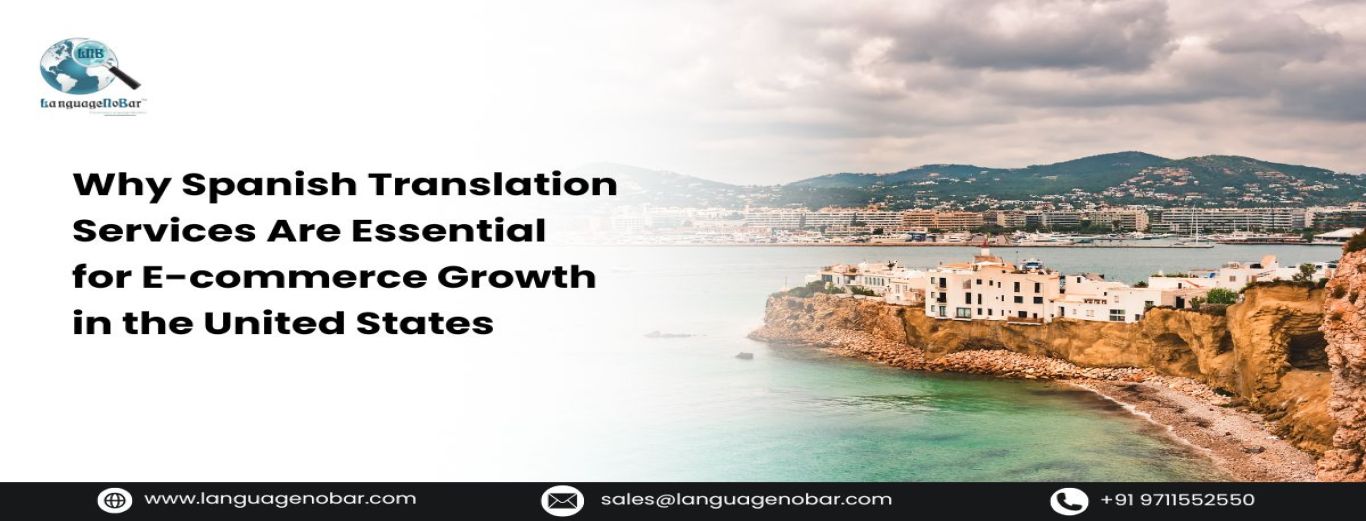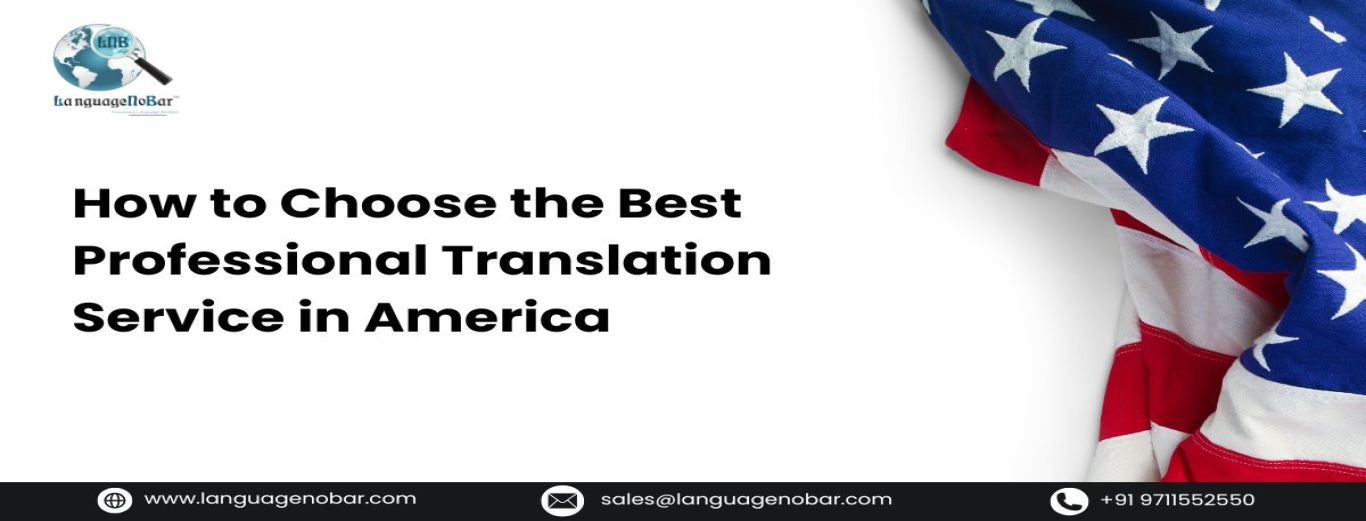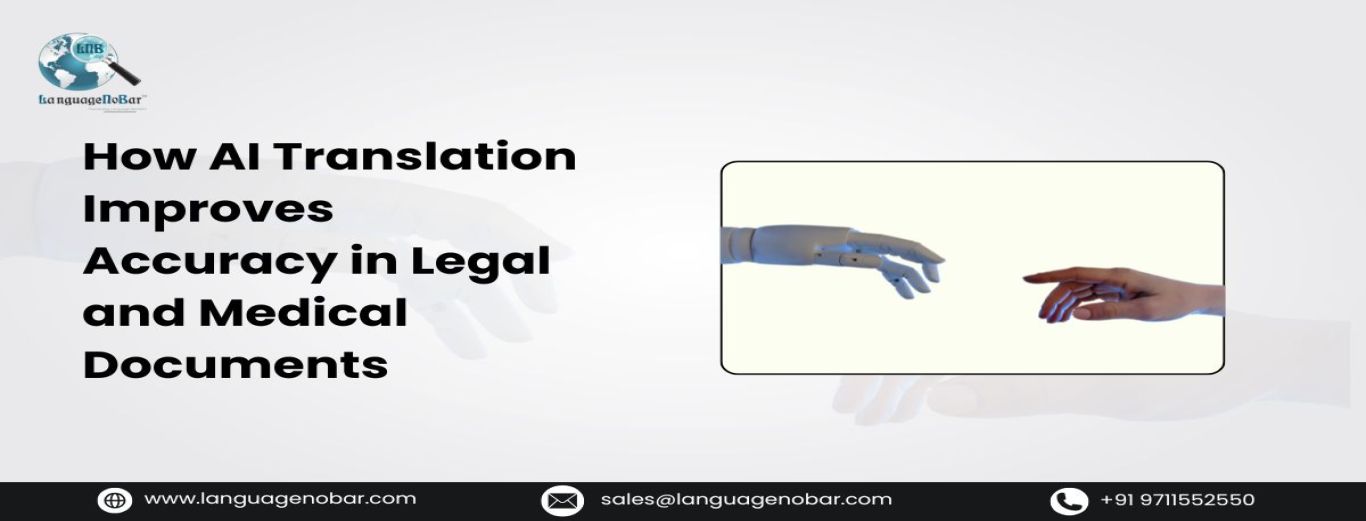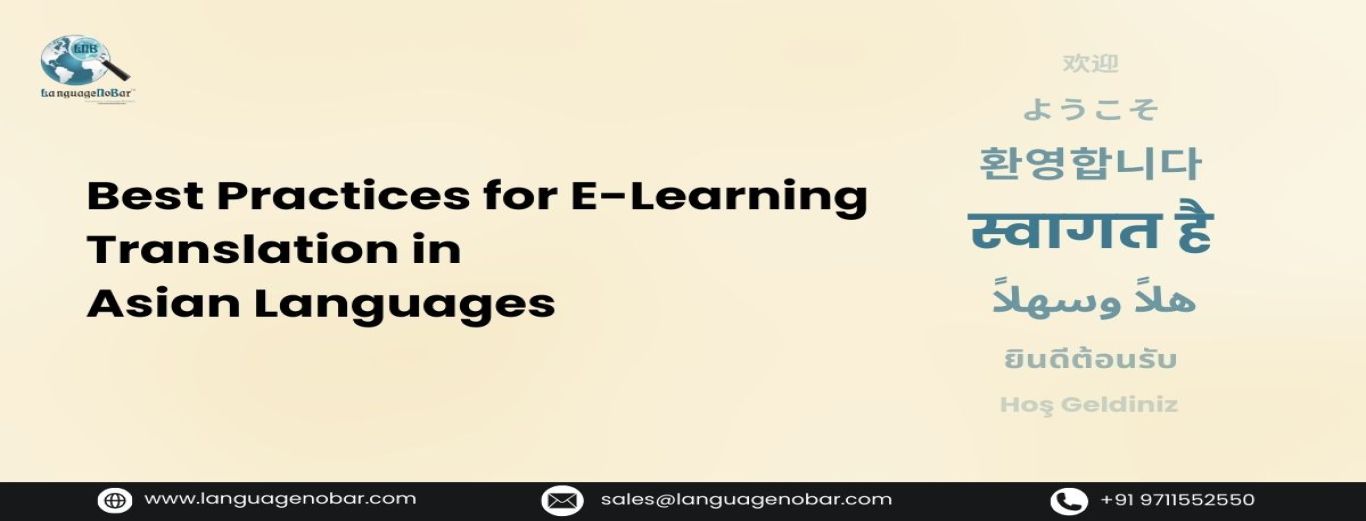5 best practices for translating e-learning course content
- E-Learning Localization
- Comments (0)
E-learning is the new way of learning these days. We find the learning videos all over the search engines where E-Learning modules are a more structural and organized approach to learning. It gives ease of taking the lecture at the comfort of your place and time. The learner can record lectures and flashback the lesson on some portals. It is also a more economical way of learning than classroom teachings. E-learning gives the opportunity of learning to even the working professionals. Finance and language were two big barriers in the dreams of many people who wanted to study abroad, where E-learning has helped overcome both obstacles.
Due to the uncountable benefits of E-learning, there is rapid growth in this market where tutors are gaining an edge over the global market with the help of translation services. Translation of E-learning content has given wings to cover the globe for both tutors and knowledge seekers. Translation of E-learning content facilitates knowledge seekers to grasp the concepts in the most comfortable language and adds confidence to both parties.
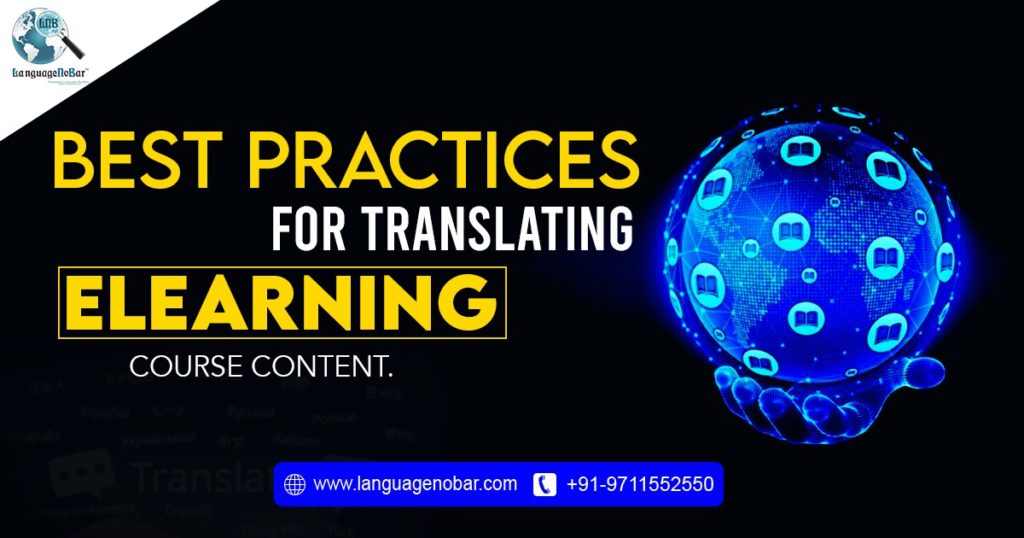
A wide range of AI tools are available for translation requirements these days at one click; it is not a threat to professional language service providers. Translation of any content for capturing a global market cannot be a mere word-to-word translation and requires localization. This theory applies these days to E-Learning content too.
Let us look into five best practices followed in the translation of E-learning content.
- Designing Content in Multiple Languages only after Approvals
The translation is an intensive process. It is prudent to go for translation after the final content is approved by the management. Trying to design multilingual content without finalizing the original content may not be an economical option. It is almost impossible that there would not be any suggestions or editing in the module. To fit those changes later in the translated script can be a problem and may increase the scope of work for the translation agency and cost for you in turn. So, no matter, whether you need professional Hindi translation services for your elearning content or Spanish, the above approach is indispensable.
- Deployment of Translation Memory Tools
Memory tools help a lot in economizing the entire translation process. Any professional agency doing the translation work uses memory tools to maintain a reference dictionary of the repeated terms in the content. The dictionary works as a reference book in translating repeated phrases and reduces the scope of work. If you are hiring the agency, it is the most important step to check if the translation agency deploys the memory tools.
Memory building helps in negotiating the charges for translation of content on the same subject in the future.
- Maintain a Standard Form in Drafting the Module to Avoid Cultural Ambiguities
This part should be taken into deliberation while drafting the e-learning content. E-learning content draft should be in a standard format without involving too many local citations. Translation of such local examples can create ambiguity. Also, the writer should attempt to maintain common terminology and avoid using synonyms. This will help memory tools in building memory for future reference. The material should give concepts in a simplified version so its translation can be done in any number of languages later without any ambiguity. Just like for a website, which is simple and written in a clear language, quality website localization services can be offered by an agency quickly, same way, a to-the-point elearning content shall yield accurate and clear translations.
- Provide Source Files For Translation and Avoid Using Text Embedded in the Image
Always provide source files to your translation agency. Some people hand over the hard copy of the learning material for reference. Source files should also be given to the agency as it makes it easier to import the data in the translation memory tools and start on the job instantly. Further, text-embedded images are a big NO when you are planning translations of the text later. It creates issues later to download images and extract text, then translate and upload. It increases the time and cost of the project.
- Appoint Professional Agency and Maintain Ties
Always hire professional translation agencies who are experts in their fields. Check out their portfolio and try to verify their work experiences in the area of the E-Learning segment. Find out if the agency has knowledge of translation in the required language. Once you find such an agency, negotiate to maintain your professional ties for future requirements also. When you work with a single agency for ongoing projects, you gain the negotiation power on the memory build-up.
If you are exploring translation services for your E-learning project, then you can contact LanguageNoBar; our expert will answer your queries and provide you with the required information for your elearning translation requirement. We assure you of the best services. We assign a manager for the project to keep one point of contact so your entire project can run smoothly.
Related Blogs
E-Learning Content Translation in Digital India Sets a Different Level of Expectation
E-learning Localization-Challenges and Solutions
Why Translation is Becoming Vital for E-Trainings

